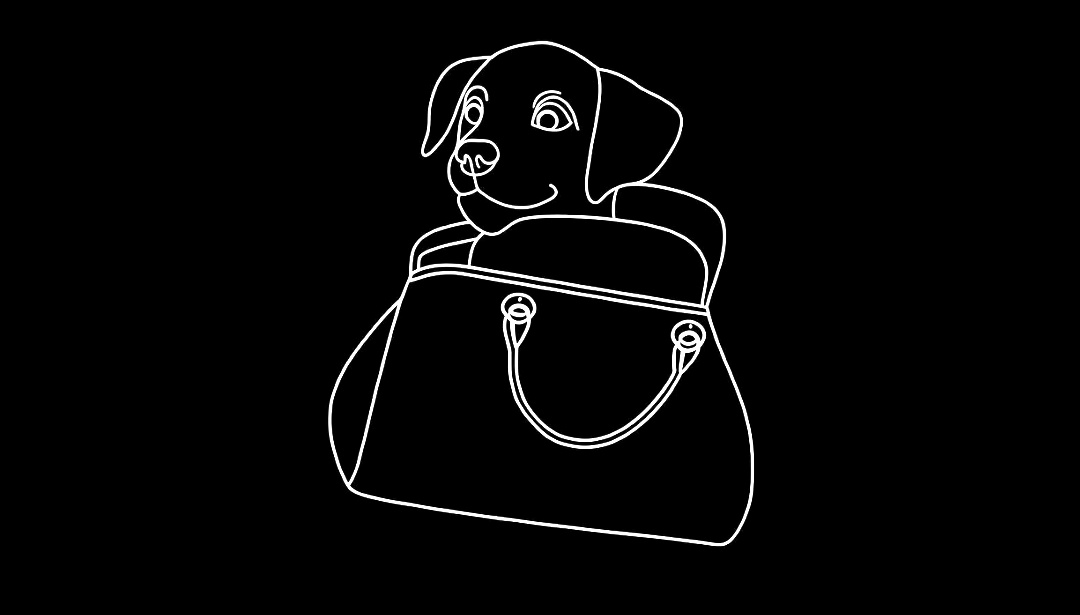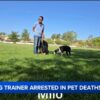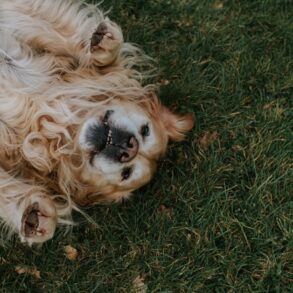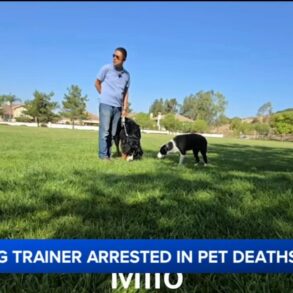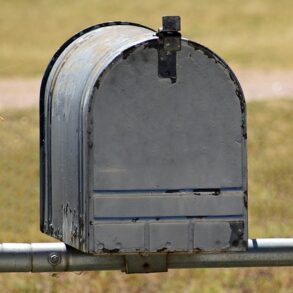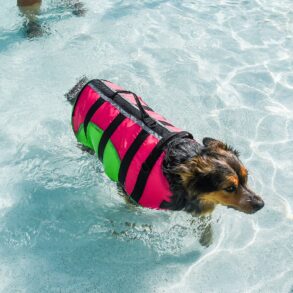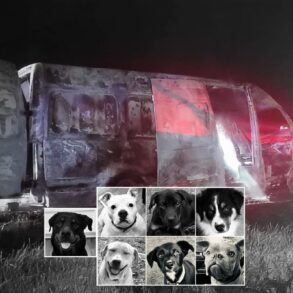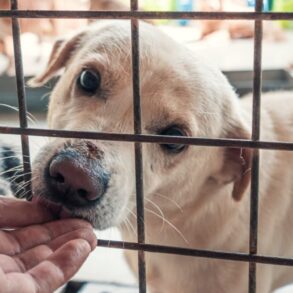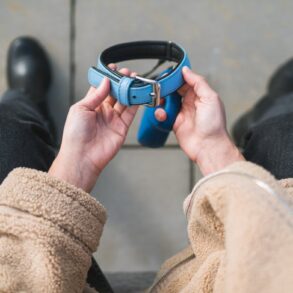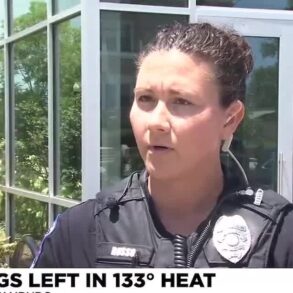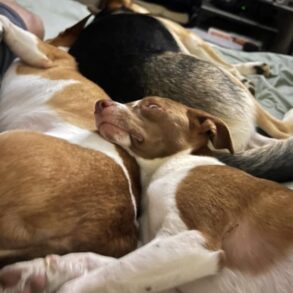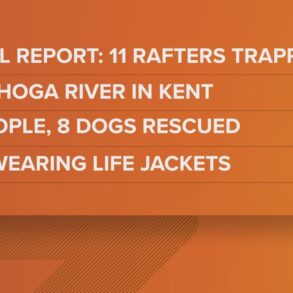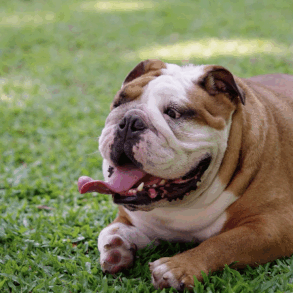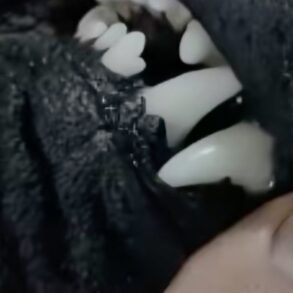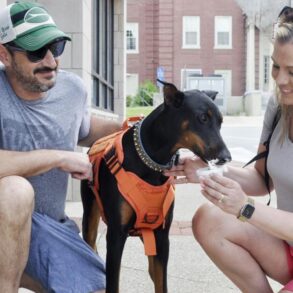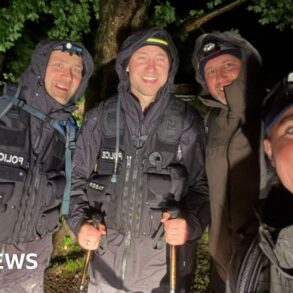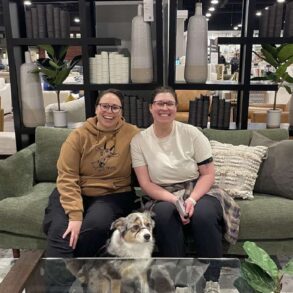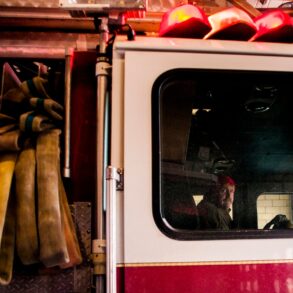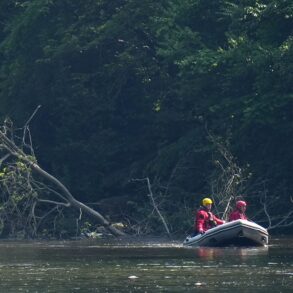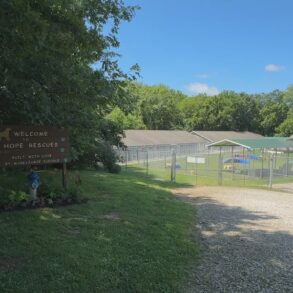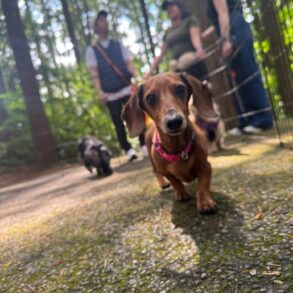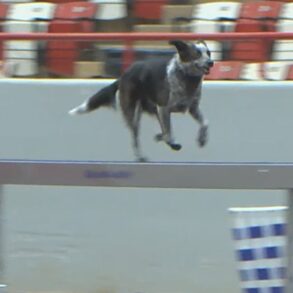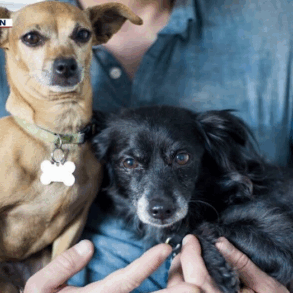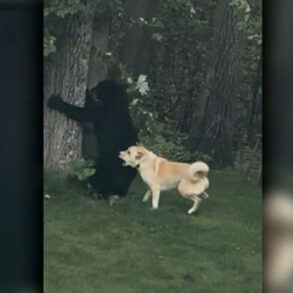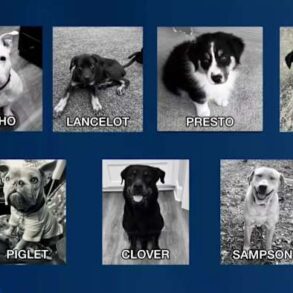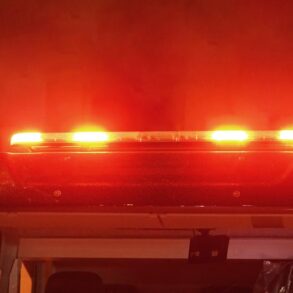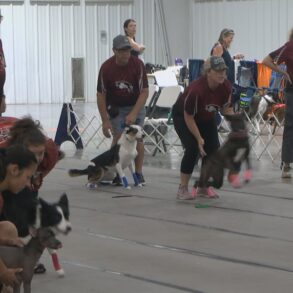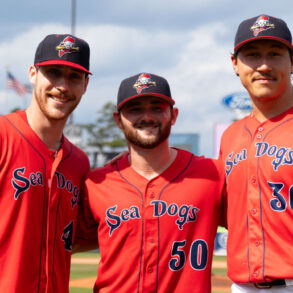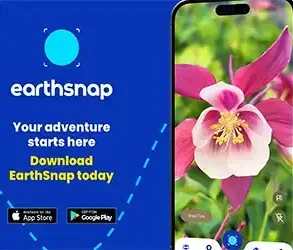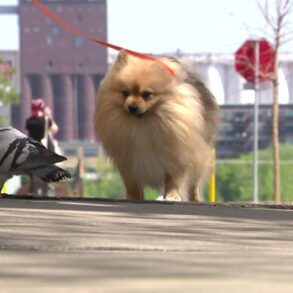Feb 11, 2025 —
We’ve been having a fantastic winter for some of our big North Country sports, including skiing, ice fishing, skating, and…dog sledding!
The folks at River Fever Mushing in the Thousand Islands are hosting a meet and greet on Saturday, February 15 to show kids and parents what it takes to run a dog sled team.
Northern Light co-host Monica Sandreczki recently caught up with Matthew Jobson, owner, operator and “chief pooper scooper” at River Fever Mushing.
The transcription of their conversation has been edited for clarity.
MONICA SANDRECZKI: What exactly is mushing?
MATTHEW JOBSON: It’s whatever you want to make of it. If you’ve got a dog in front of you, if it’s one dog or 20 dogs, whether you’re on skis, or I’ve seen people on snowboards, a traditional dog sled or a fat tire bike.
Mushing is a dog in front and somebody in the back to enjoy it.
People have used all sorts of dogs. They’ve used Siberians, Malamutes, Alaskan Huskies, which are your typical sled dogs, but nowadays, a lot of people will use hounds or poodles. Any dog that has a desire to drive out in front of you can be a sled dog. I try to encourage that at these meet-and-greets: you’re bored and you’ve got a dog that’s bored and they like to pull, [then] get a set of cross-country skis and a harness and go out and enjoy the winter. It certainly makes it go by quick.
SANDRECZKI: What do you think of this? I’ve got two Newfoundlands. Do you think they would make good mushing dogs? They’re pretty sleepy!
JOBSON: (laughs) I have a funny story about that. My first ever northern breed dog was an Alaskan Malamute. I got her to pull my kid or pull myself on some skis or a sled. We got her home and we were all excited. You can’t rush development with dogs, but you kind of have an idea that they’re going to be good pullers. A couple of months passed by and I put her out in front of the sled and she had no desire at all to be a sled dog. You never know until you do it. Your dog could be an Iditarod champion and you’d never know until you pull out your harness, attach ’em and go!
So, Newfies? Good pack dogs. Good freight dogs. But, like I said, you just never know. I have five Siberians and a couple Alaskans and most of them would rather sleep winter away, but once they get into the harness, their excitement ramps up.
SANDRECZKI: When the day comes, what are you going to demonstrate for people?
JOBSON: I’ll bring all my equipment. I have a fat tire bike that we can use in the fall and spring, and, if I’m brave enough, I’ll use it in the winter.
We go over all types of sleds. There’s different types of sleds: freighting sleds, sprint sleds and your traditional sleds. We’ll go over traditional dogs that are used and even non-traditional that have been used in the Iditarod. Lines, harnesses, all the equipment I use, headlamps…a lot of the fun comes from questions, and not questions from adults; the most fun questions come from kids and their curiosities.
SANDRECZKI: Can you describe your dogs that you’ll be bringing?
JOBSON: I usually have two dogs I like to bring. My first one is Thunderstruck. He is a racing Siberian Husky. He’s interesting because a lot of Siberians, at least now for competitive racing, are kind of being bred out. Because while they look traditional and fun, they’re not the fastest dogs out there so. Thunderstruck – I don’t want to call him a mutant – was bred to be a faster Siberian.
I also bring my Seppala Siberian sled dog. She is a direct descendant of Togo [the lead sled dog] in Balto. She is really neat.
SANDRECZKI: Wow. That’s amazing.
JOBSON: She’s got a lot of history behind her. They’re both great ambassadors to the sport.
SANDRECZKI: What is it about this sport that really does it for you?
JOBSON: Dogs were used for hundreds upon hundreds of years before any snowmobile or airplane had shown up, so you’re really going back to that traditional type of travel in the winter.
Being out hundreds of miles away from anybody, you’re just very dependent on your canines, your dogs, your buddies. They become family members. Unless you’ve ever been around working dogs or you’ve ever been on the back of runners, it’s very hard to explain to somebody who hasn’t.
It’s something very special about being out in the middle of nowhere. They’re getting you home safe. The word I’m looking for, I guess, is we’re attached. We become so bonded that whatever I’m thinking, they know. I can tell if they’re tired. I can tell if they’re not interested, and they can feel the same in me. If I’m not feeling great that day, they won’t run. “Spiritual,” or “connected,” however you want to put it, it’s just something unique about working with dogs.
SANDRECZKI: What got you into this sport in the first place?
JOBSON: A man by the name of Gary Paulsen. I don’t know if you ever heard about him before?
SANDRECZKI: The author?
JOBSON: Oh yeah! I read a lot of his books when I was younger.
SANDRECZKI: Because he wrote “Hatchet” and “Winterdance” was such a big one for mushing, yeah.
JOBSON: Yeah, I give credit to Mr. Paulson. He just kind of put it in my head.
As I was growing up, I had golden retriever and would hook up my retriever in front of my bike. And, when I was younger, I was like, “once I get all settled in and make a life for myself, I’ll seriously consider looking into sled dogs.”
About four or five years ago, I got my first Malamute and it didn’t go that well; I had a lot of research to do. I ended up finding local kennels and people in the Northeast to help me get set up on the right track.
It’s probably just being bored as a kid, and reading Gary just inspired, not only me, but a lot of mushers.
SANDRECZKI: How old were you when you were reading those?
JOBSON: Gosh, 5th grade! My teacher Mrs. Paddock (sic), and I appreciate her really pushing me to dive into that book because it put me on a path that I’m forever grateful for.
This post was originally published on this site be sure to check out more of their content.
